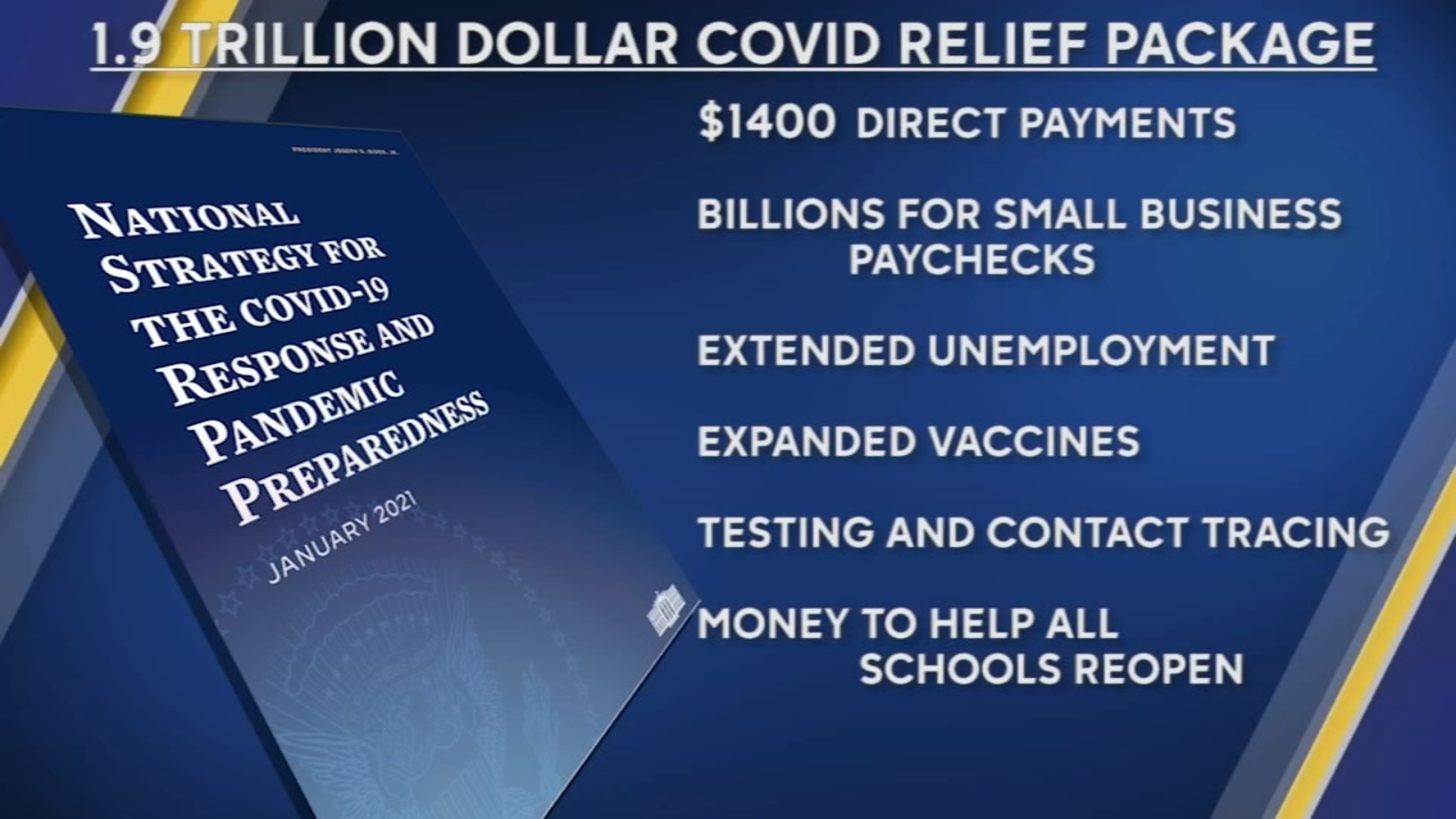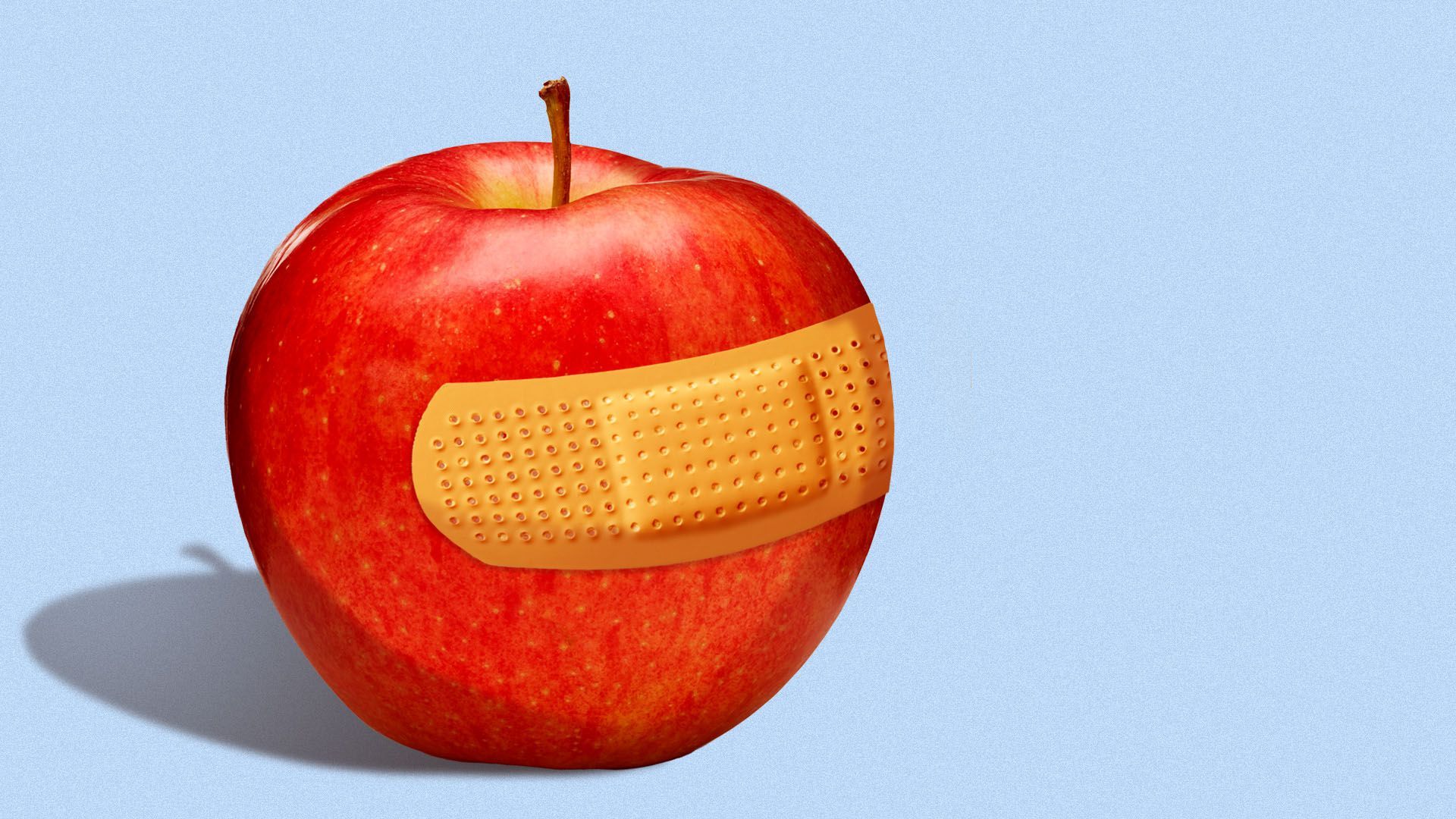
Cartoon – Pandemic Worries


https://thehill.com/policy/finance/542448-heres-whats-in-the-19t-covid-19-relief-package

The House on Wednesday passed the mammoth $1.9 trillion COVID-19 relief package, which President Biden is expected to sign Friday.
The House approved the relief package in a starkly partisan 220-211 vote, sending the legislation to the White House and clinching Democrats’ first big legislative victory in the Biden era. No Republicans voted for the package and all but one House Democrat—Rep. Jared Golden of Maine—supported it. The Hill’s Cristina Marcos has more here.
The political split: Unlike the previous relief measures enacted last year, Democrats barely bothered to negotiate with Republicans and pushed the relief package through Congress along party lines using the budget reconciliation process. That allowed them to go as big as they wanted to go without running into a Senate GOP filibuster.
What’s in the $1.9T COVID-19 relief package: Along with $1,400 direct payments to households, an extension of expanded unemployment benefits, and aid for state and local governments, the package is loaded with other provisions intended to speed up the recovery from the recession and help struggling families fight the impact of COVID-19.

The Centers for Disease Control and Prevention (CDC) on Friday released long-awaited guidance on safely reopening schools, emphasizing the importance of having schools open as long as proper safety precautions are followed.
The guidance states it is “critical for schools to open as safely and as soon as possible,” given the benefits of in-person learning.
The top recommendations for doing so safely are universal wearing of masks by students, staff and teachers as well as distancing so that people are six feet apart.
Vaccination of teachers should be prioritized, the agency said, but “should not be considered a condition” of reopening schools.
Schools can adjust whether they are fully in-person or hybrid depending on the level of spread in the surrounding community and mitigation measures in place.
Schools are encouraged to use “podding” to separate students into smaller groups to help make contract tracing easier.




Some teachers don’t want to return to the classroom until they’ve been vaccinated — setting up potential clashes with state and local governments pushing to reopen schools.
Why it matters: Extended virtual learning is taking a toll on kids, and the Biden administration is pushing to get them back in the classroom quickly. But that will only be feasible if teachers are on board.
Where it stands: Although the rise of new, more contagious variants has scrambled the calculus on school reopening, for now the expert consensus is that vaccinations aren’t essential to safely reopening schools.
Yes, but: Teachers in some large school districts don’t want to return to the classroom without being vaccinated — which could mean several more months of virtual classes.
What they’re saying: “The issue is that we should be aligning vaccination with school opening. That doesn’t mean every single teacher has to be vaccinated before you open one school, it means there has to be that alignment,” Randi Weingarten, the president of the American Federation of Teachers, told ABC News.
The other side: Ohio Gov. Mike DeWine has said school staff will be prioritized for vaccination, with the goal of having students return to classrooms by March 1.
The bottom line: “It’s challenging to make those decisions about how to prioritize different populations, all of whom are at significant risk,” the Kaiser Family Foundation’s Jennifer Tolbert said.
Go deeper: Schools face an uphill battle to reopen during the pandemic

State-level reports are the best publicly available data on child COVID-19 cases in the United States. The American Academy of Pediatrics and the Children’s Hospital Association are collaborating to collect and share all publicly available data from states on child COVID-19 cases (definition of “child” case is based on varying age ranges reported across states; see report Appendix for details and links to all data sources).
As of November 12th, over 1 million children have tested positive for COVID-19 since the onset of the pandemic. The age distribution of reported COVID-19 cases was provided on the health department websites of 49 states, New York City, the District of Columbia, Puerto Rico, and Guam. Children represented 11.5% of all cases in states reporting cases by age.
A smaller subset of states reported on hospitalizations and mortality by age; the available data indicated that COVID-19-associated hospitalization and death is uncommon in children.
The number of new child COVID-19 cases reported this week, nearly 112,000, is by far the highest weekly increase since the pandemic began. At this time, it appears that severe illness due to COVID-19 is rare among children. However, there is an urgent need to collect more data on longer-term impacts on children, including ways the virus may harm the long-term physical health of infected children, as well as its emotional and mental health effects.
(Note: Data represent cumulative counts since states began reporting)
* Note: Data represent cumulative counts since states began reporting; All data reported by state/local health departments are preliminary and subject to change
Download Full Report (11/12/2020)
Download Full Report (11/5/2020)
Download Full Report (10/29/2020)


The United States reported a record high of more than 90,000 new coronavirus infections on Friday, and today’s count is on pace to go even higher. The country has now exceeded 9 million cases since the outbreak began, with the last 1 million added in just the last two weeks.
More than 1,000 coronavirus deaths were also reported Thursday, a sadly frequent milestone, which the president’s son Donald Trump Jr. effectively dismissed Thursday night when he claimed in a Fox News interview that the death rate had dropped to “almost nothing.”
As evidence, Trump Jr. cited a misleading graph on his Instagram page – apparently compiled from incomplete and already outdated federal data – which was used as evidence to suggest that the “death rate” has been falling dramatically in the last two weeks. In fact, daily deaths are slightly rising after a long plateau, and the situation is expected to worsen in November as the virus takes its toll on the newly infected. “I realize I am naive,” Ashish K. Jha, the dean of the Brown University School of Public Health, tweeted in response to the interview. “But I’m still shocked by the casualness by which our political and media leaders and their families dismiss the daily deaths of nearly a thousand Americans.”
A federal program to inspect nursing homes in the early days of the U.S. outbreak cleared nearly 80 percent of them of any infection-control violations, including some facilities that were experiencing covid-19 outbreaks during the inspections. “All told, homes that received a clean bill of health earlier this year had about 290,000 coronavirus cases and 43,000 deaths among residents and staff, state and federal data shows,” our Business desk reported.
Hundreds of thousands of Americans will have coronavirus infections on Election Day, and options are dwindling for those who intend to vote. “Some will be required to get doctor’s notes or enlist family members to help,” our Investigations desk reported. “Others, in isolation, will need to have a witness present while they vote. Planned accommodations — such as officials hand-delivering ballots — may prove inadequate or could be strained beyond limits.”